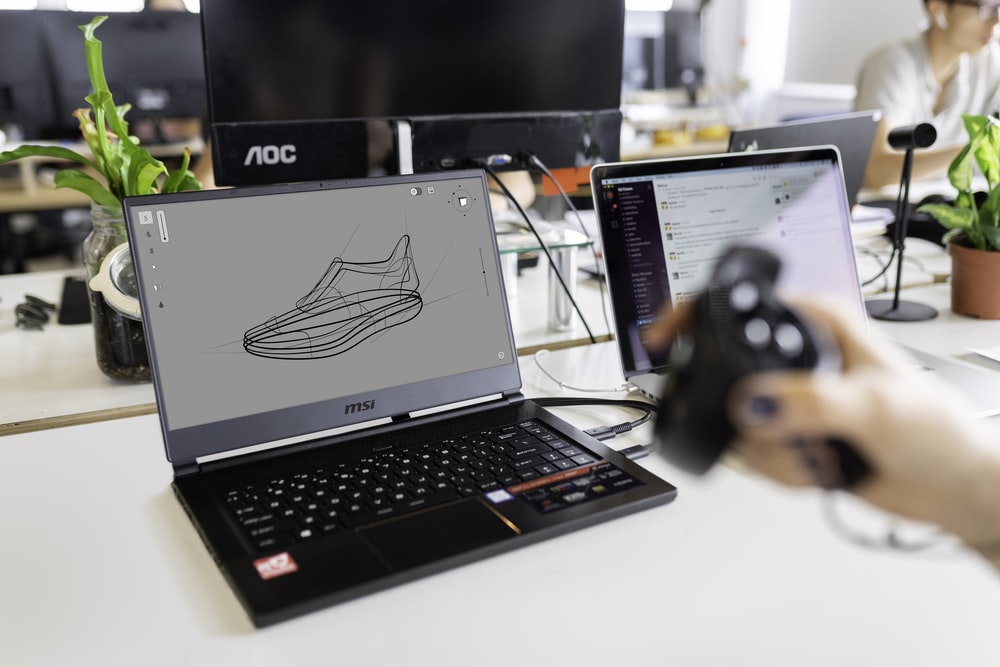Industrial product design is a form of art that involves the discrete manufacturing of a product, from the very first sketch to the end result. The pragmatic journey of breathing life into a product design requires colossal amounts of creativity, technical and entrepreneur skills, and a gleaming yet logical vision of its own.
From having extensive knowledge about model making to knowing CAD basics, and possessing good project management and technical skills, here’s what product designers accomplish.
Responsibilities Of A Product Designer
Whether it involves designing and engineering of domestic goods, mass electronics, or concrete industrial machinery and appliances, product designers have to keep the end-user in mind while creating product designs that are functional, aesthetically appealing, efficient, affordable, and resilient.
Although this varies with the nature of the product, here’s how the process generally works:
#1: Investigating the needs of customers and create a brief
#2: Scrutinizing the existing product to determine what needs to be upgraded or eliminated
#3: Visualizing several ideas through initial outlined plans and sketches
#4: Determining what resources and materials will be suitable
#5: Creating detailed blueprints on Computer-Aided-Design (CAD) software
#6: Testing functionality of designs by making working models or prototypes
#7: Resolving faults by refining the product design
Essential Tips That Every Business and Product Designer Should Know

Collaborating With The Heterogenous Team Can Help Achieve All The Goals Of The Project.
Product designers ideally need to collaborate with concept modelers, simulation and testing specialists, and manufacturing engineers in all product realization stages.
This is crucial because the engineer might have very different objectives to achieve for the said outcome than a product designer whose focus will be on the products’ creative aspects.
While a designer visualizes the features and user experience, an engineer might be interested in pragmatic aspects of product development, including materials supply, product reliability, dimensional details, manufacturing processes, quality, and more.
The Product Design Should Align With The Businesses’ Motive Of ‘Solving An Existing’ Problem For Customers.
- While the business launching the product should ensure that the product is useful, the second most vital priority after utility is that its design serves a purpose. Each design component should enhance the user experience.
- Since designers often strive to give their best, they fail to understand that sometimes less is more. Getting carried away with the addition of components might feel like you’re making a clever, versatile device, but sometimes people want basic, more straightforward products that solve the problem at hand quickly and conveniently.
- Create revolutionary designs and be innovative, but also remember that the product’s design should ensure longevity, and the users need to understand how it works intuitively.
Looking At Existing Products Always Helps Understand The Practicality And Loopholes That Need Upgrading.
Sometimes, enthusiasts try to reinvent the wheel, which practically doesn’t need any upgrade because it’s designed to function efficiently.
Whether you’re working on a new product that the business is planning to launch, or the goal is to upgrade an existing one, investigate the features, reviews, and functionality of the competitors’ existing product.
Using existing digital models on CAD software also allows real-time optimization when clients preview the digital prototypes and require improvements. The highly professional and experienced design team at MD Design & Automation can help shorten the design cycle, deliver efficient and innovative products faster, and increase productivity.
Our team is capable of providing large assembly designs, and an extensive industrial experience allows us to finish every job with utter precision on a timely basis!
Apart from providing specialized jigs & fixtures manufacturer wisconsin, CNC prototyping, and other services that showcase our designing capabilities, we also offer CAD model and prints, CNC production, 4 and 5 axis machining, precision grinding, CMM inspection wisconsin, electrical discharge machining, EDM machining, short run machining, manual milling turning, wire electrical discharge machining, and more.
Connect with our experts at 262.338.1982 to discuss your project, get a prompt estimate, or request a quote.
